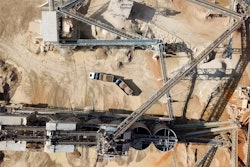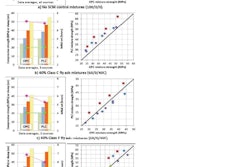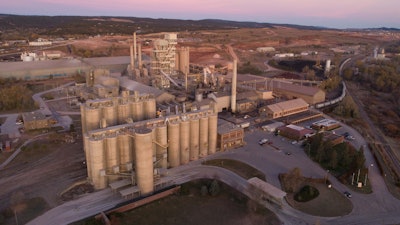
As part of GCC’s commitment to net-zero carbon emissions, GCC will fully convert the Minnesota market to portland limestone cement (PLC), a high-quality cement that lowers the carbon footprint of concrete. The transition will be complete in July 2022; the cement comes from GCC’s Rapid City, South Dakota, plant.
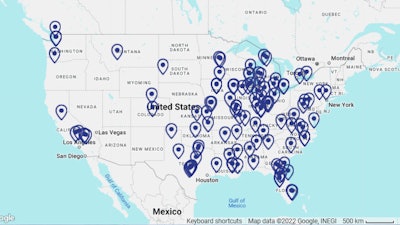 Pins of PCA-member locations producing a PLC across the U.S.Greener Cement | Portland Cement Association (Map data by Google Maps/Google Earth)
Pins of PCA-member locations producing a PLC across the U.S.Greener Cement | Portland Cement Association (Map data by Google Maps/Google Earth)
“We believe that our industry must continue to provide the homes, roads and infrastructure that shape our world while, simultaneously, addressing the challenge of climate change and sustainability,” says Ron Henley, president of GCC’s U.S. division.
Contractors can find an online map of PCA-member cement plants supplying a PLC at GreenerCement.com.
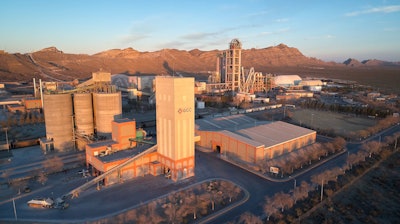 GCC's Samalayuca, Mexico cement plant.GCC
GCC's Samalayuca, Mexico cement plant.GCC
GCC plans to expand production of PLC to more of its plants in the near future. This Minnesota market decision follows a mid-May 2022 announcement of its Samalayuca, Chihuahua conversion. GCC’s Samalayuca Plant ships about 600,000 tons of cement per year that is used to build better communities throughout the U.S. The Samalayuca Plant is one of the newest, most efficient plants in Mexico and employs approximately 80 people. Estimates report that the plant’s production will reduce CO2 by almost 40,000 tons each year (the equivalent of removing 8,000 cars from the road or adding 43,000 acres of forest).





